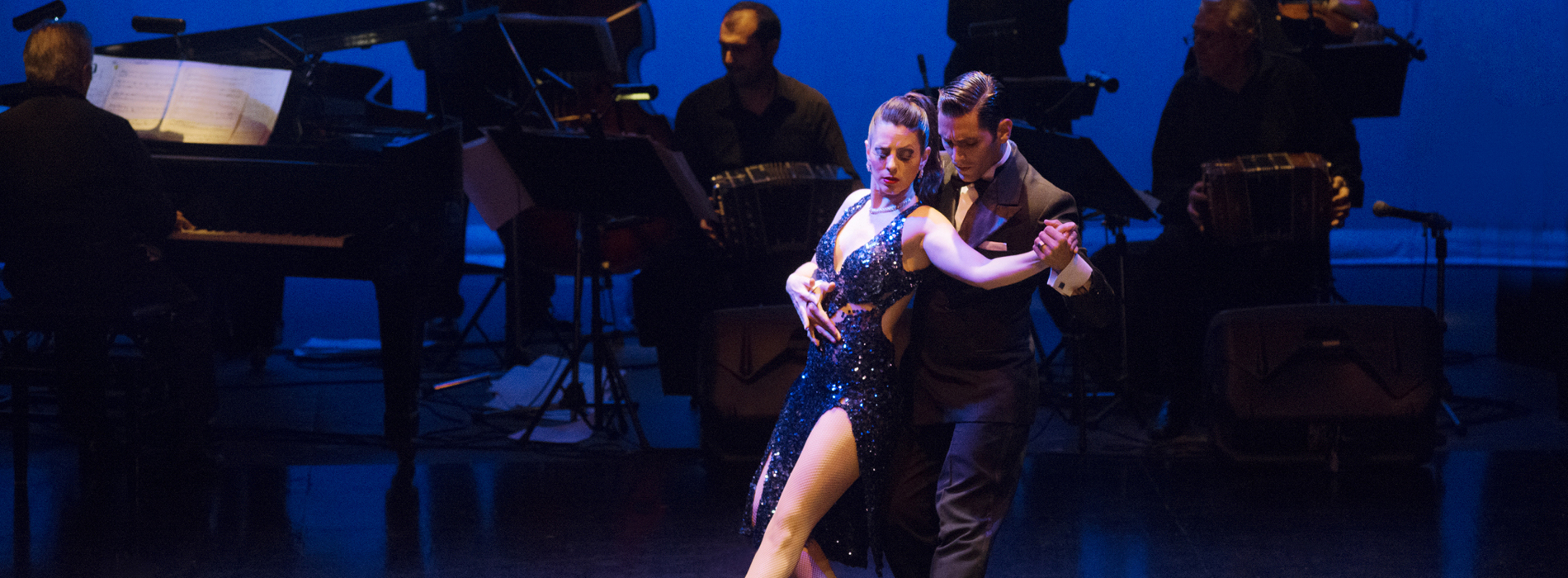
A Beginner’s Guide to Tango Music and Rhythm
Tango music is the heartbeat of Argentine culture. Its rich rhythms, deep emotions, and intricate melodies captivate dancers and listeners alike. For beginners, understanding the basics of tango music and rhythm can seem daunting. But with a little guidance, you’ll soon appreciate its beauty and be ready to dance at a Buenos Aires tango show or even join tango tours in Buenos Aires. This guide will break it down in a way that’s easy to understand.
What is Tango Music?
Tango music originated in Buenos Aires in the late 19th century. It’s a blend of European, African, and native Argentine influences. This unique combination creates a sound that’s both passionate and haunting. Tango is more than just a backdrop for dance—it’s a deeply emotional expression of love, loss, and longing.
Instruments Used in Tango Music
The instruments in tango music play a vital role in creating its distinct sound. The most important instrument is the bandoneón, a type of accordion that gives tango its soulful tone. Other common instruments include:
- Violin
- Piano
- Double bass
- Guitar
These instruments work together to produce the rich, dramatic sound that tango music is famous for.
The Basic Rhythm of Tango
Understanding tango rhythm is key to enjoying and dancing tango. Tango music typically follows a 2/4 or 4/4 time signature, which gives it a steady, rhythmic beat. However, it’s not just the beat that defines tango—it’s the way the rhythm ebbs and flows, sometimes slowing down or speeding up. This gives tango its emotional depth and allows dancers to interpret the music in personal ways.
Different Types of Tango Music
There are several styles of tango music, each with its own mood and rhythm. Knowing these styles will help you appreciate tango more deeply, whether you’re at a Buenos Aires tango show or dancing with a partner.
- Tango Tradicional: This is the most common style of tango, with clear rhythms perfect for dancing.
- Tango Vals: A faster, waltz-like rhythm that’s light and flowing.
- Tango Milonga: A faster-paced tango with a playful rhythm, often more upbeat and lively than traditional tango.
How to Listen to Tango Music
Listening to tango music is more than just hearing the notes. It’s about feeling the emotion behind the melody. Here’s how to get started:
- Focus on the Bandoneón: This instrument leads the music, so listen for its push and pull to guide you.
- Feel the Rhythm: Try tapping your foot to the beat to get a sense of the rhythm. With practice, you’ll begin to feel how the rhythm changes throughout the song.
- Notice the Dynamics: Tango music can be quiet and subtle at one moment, then loud and dramatic the next. These shifts in intensity create the emotional waves that tango dancers respond to.
Dancing to Tango Music
Now that you understand the basics of tango music and rhythm, it’s time to think about dancing. Tango dancing is all about the connection between tango partners. Unlike other dances, there’s no strict footwork to memorize. Instead, tango partners must listen to the music and each other to create a fluid, harmonious movement.
Whether you’re dancing at a local tango class or on a tango tour in Buenos Aires, the key is to feel the music. Let the rhythm guide your steps, and remember that tango is a conversation between you, your partner, and the music.
Experience Tango in Buenos Aires
If you want to fully immerse yourself in tango music and dance, there’s no better place than Buenos Aires. This city is the heart of tango, and there are plenty of opportunities to experience its magic:
- Buenos Aires Tango Shows: These shows are the perfect introduction to professional tango performances. You’ll hear live tango music, watch skilled dancers, and see the passion of tango up close.
- Tango Tours in Buenos Aires: These tours offer a unique chance to learn about tango’s history, visit famous tango spots, and even take dance lessons with experienced teachers. It’s a great way to dive deep into tango culture.
Conclusion
Tango music is complex, emotional, and endlessly fascinating. As a beginner, you don’t need to know everything right away. Start by listening to the music, feeling the rhythm, and understanding the different styles. Before you know it, you’ll be ready to dance with tango partners or enjoy a Buenos Aires tango show. And if you’re eager to experience the magic of tango firsthand, consider taking tango tours in Buenos Aires to fully immerse yourself in this beautiful art form.









